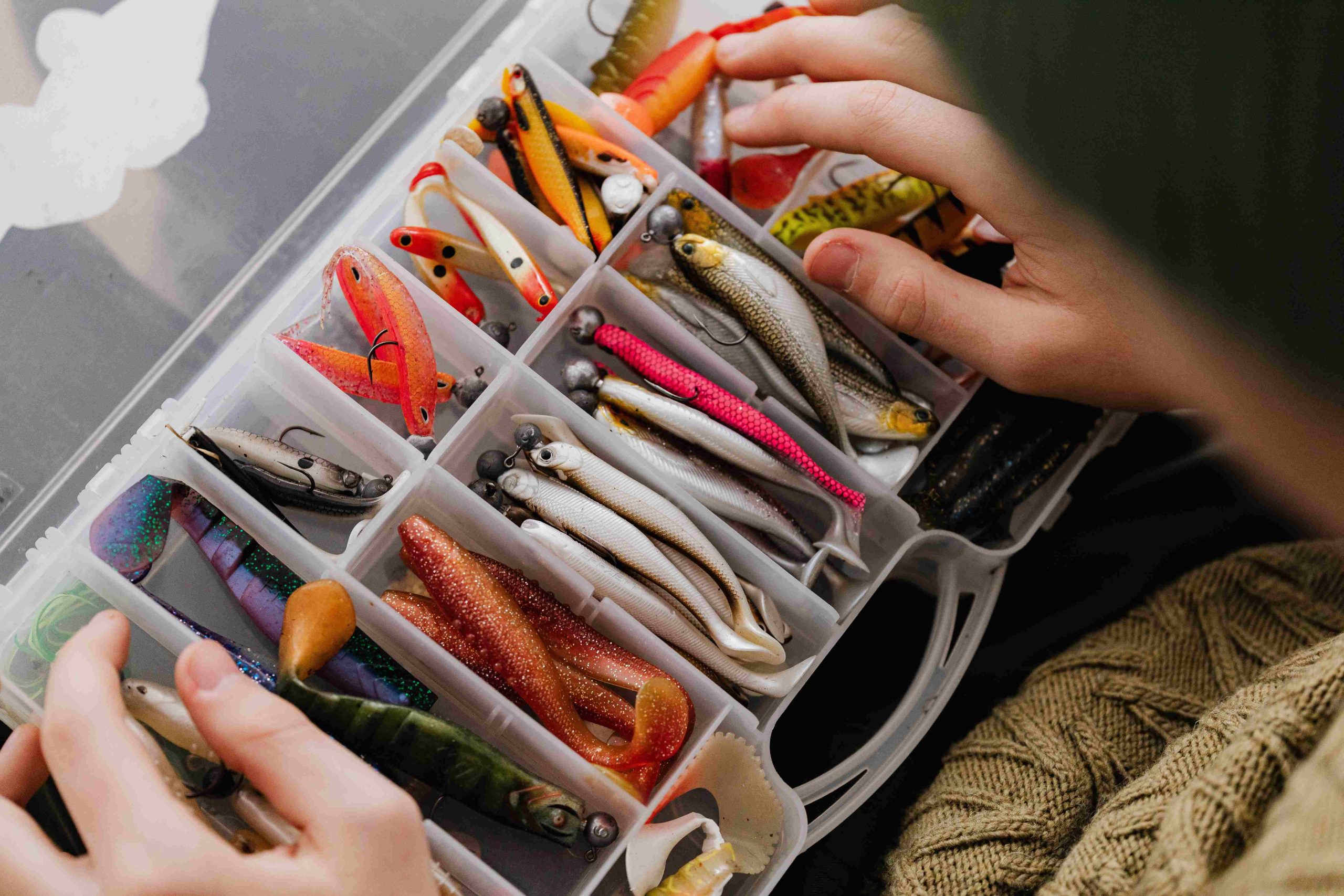A well-organized tackle box is crucial for anglers to efficiently manage their fishing gear, access boating equipment quickly, and enhance their fishing experience. An organized tackle box not only saves time on the water but also ensures that all essential tools and lures are readily available. Here is a comprehensive guide on how to effectively organize a tackle box:
Start with a Clean Tackle Box Before organizing, empty the tackle box and clean it thoroughly. Remove any dirt, debris, or old fishing lines. Ensure the box is dry before arranging gear to prevent rust or corrosion.
Sort and Categorize Fishing Gear Group similar items together to facilitate easier access. Categorize fishing tackle by type, such as hooks, sinkers, lures, soft baits, terminal tackle, swivels, or leaders. This sorting process streamlines organization and helps in identifying missing or depleted items.
Utilize Compartmentalized Trays and Boxes Invest in tackle boxes with adjustable dividers or multiple trays to create compartments of various sizes. Use smaller containers or resealable bags to further segment and organize small items like hooks, beads, or weights.
Arrange by Frequency of Use Place frequently used items in easily accessible sections of the tackle box. Reserve the top tray or compartments for go-to lures, hooks, or tools to avoid rummaging through the entire box when needed urgently.
Label Containers or Compartments Label each section or container to identify its contents quickly. Use waterproof labels or marker pens to ensure durability against exposure to water and moisture.

Consider a Systematic Layout Arrange gear logically based on usage or fishing techniques. For instance, organize by lure types, color variations, or fishing depths. Grouping items by function or purpose makes it easier to locate specific gear for different fishing scenarios.
Prioritize Safety and Convenience Store sharp hooks, knives, or any potentially hazardous items in designated compartments to prevent injuries. Keep tools and accessories like pliers, line cutters, or scissors in easily accessible slots for convenience.
Maintain Order and Regularly Reassess After each fishing trip, take a few moments to reorganize and return items to their designated compartments. This practice prevents clutter and ensures the tackle box remains organized for the next outing.
Customize for Specific Fishing Needs Customize the tackle box layout based on the type of fishing or species targeted. For example, if targeting multiple species, segment compartments for different baits tailored to each species.
Keep Essential Accessories Handy Reserve external pockets or compartments for items like extra fishing lines, sunscreen, bug repellent, a small first aid kit, or a spare set of batteries for electronic gear.
Maintenance and Upkeep Regularly inspect the tackle box for wear, damaged dividers, or worn-out sections. Replace damaged components and keep the box clean to prevent rust or corrosion on metal equipment.
Organizing a tackle box is a personal process that may vary based on individual preferences and fishing styles. The key is to create an organized system that suits specific needs when out on the water. With a well-organized tackle box, all attention can be focused on the thrill of the catch rather than searching for specialized fishing equipment.
Image/Source: boatreveals





